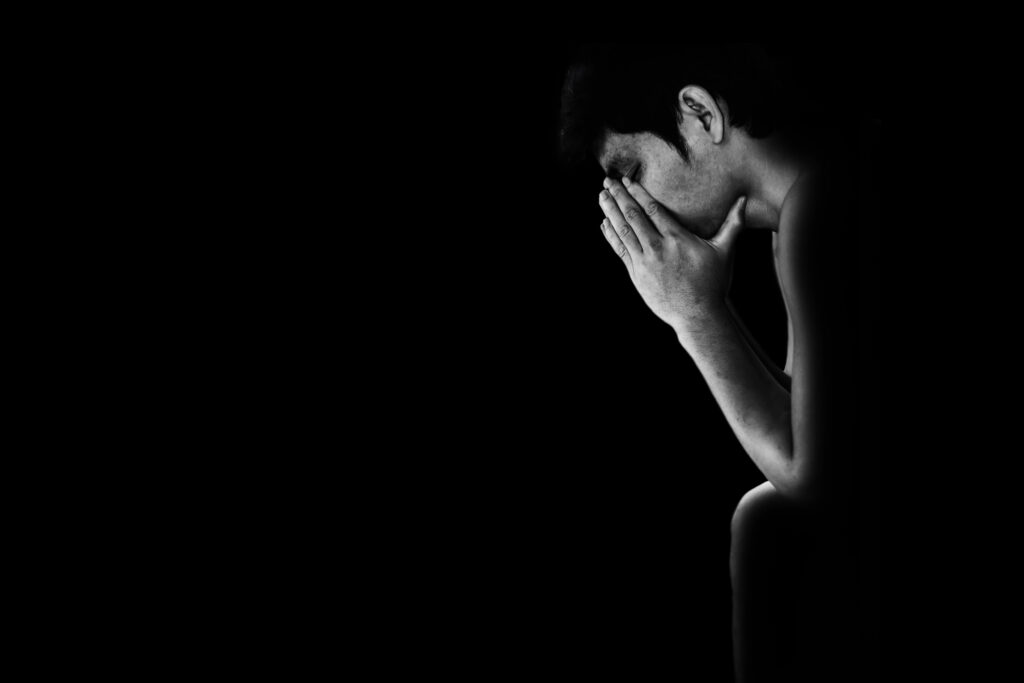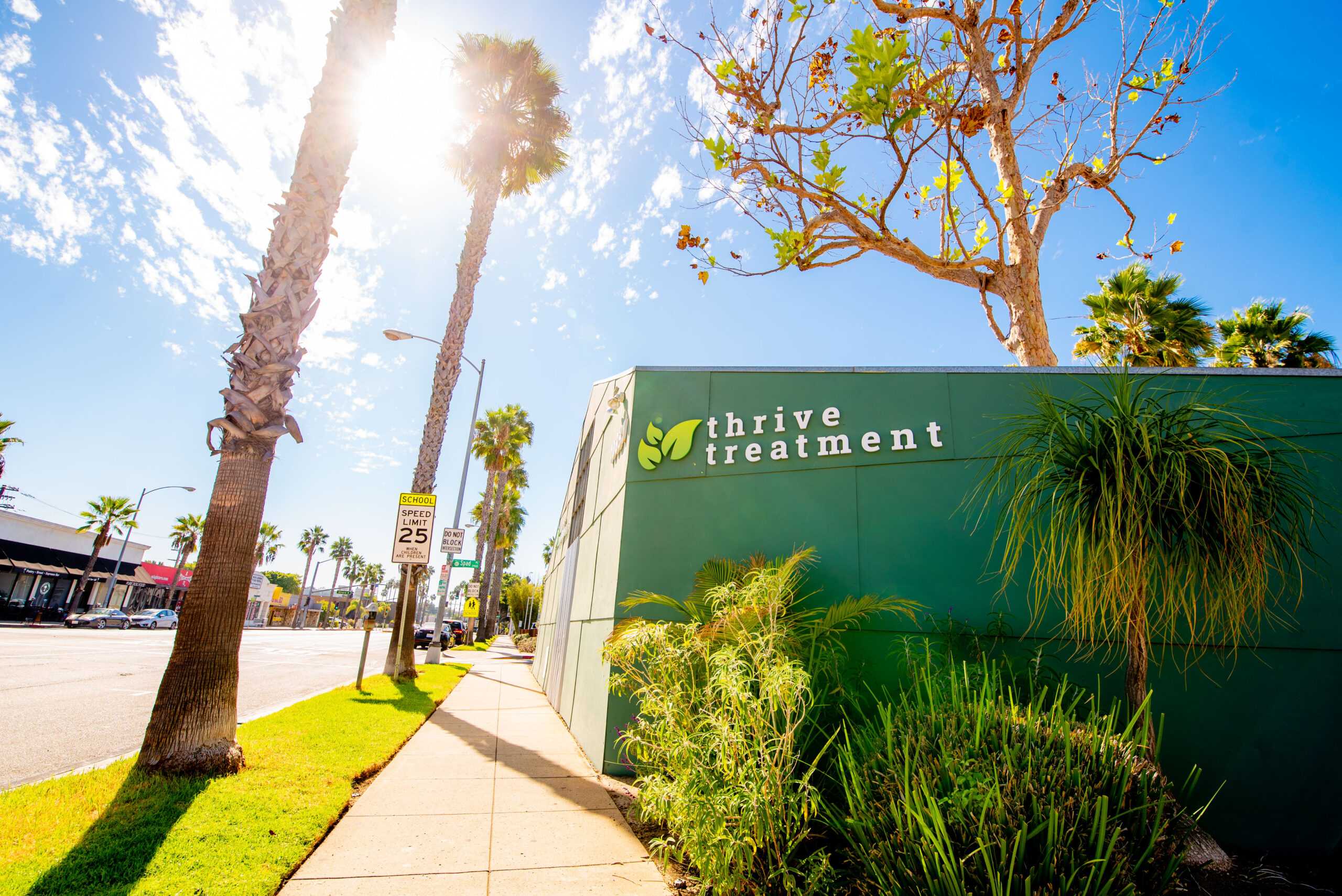We all have moments in our daily lives when we feel mentally unbalanced. Sometimes we feel “the blues,” and other days, we may feel the grip of intense anxiety regarding an event or perceived threat. In most cases, we learn to cope with those moments in a healthy manner, and we can move past those feelings after a short period. However, some are unable to shake these intense moods, and they interfere with their daily lives and relationships with others. They may be dealing with a more severe mood disorder in these cases.
If you suspect a loved one is struggling with a mood disorder, this article will give you the information you need to get them the professional help they need. You will learn about the symptoms of a mood disorder and where you can get your loved one help if they show mood disorder symptoms. Thrive Treatment provides top-notch mental health treatment programs in Southern California that are evidence-based and proven to work. Call Thrive Treatment today and help your loved one rise above mental illness.
What is a Mood Disorder?
When discussing mood disorders, it is essential to first understand what mood disorders are and the categories of mood disorders. Mayo Clinic defines mood disorders as a condition where one’s current emotional state or mood is distorted or inconsistent with their circumstances and interferes with their ability to function. People with mood disorders may have periods of extreme sadness and depression, alternating with periods of feeling extreme happiness (or mania). These cycles can happen quickly over transition over longer periods.
There are four main types of mood disorders:
- Major depressive disorder — prolonged and persistent periods of extreme sadness
- Bipolar disorder — also called manic depression or bipolar affective disorder, depression that includes alternating times of depression and mania
- Seasonal affective disorder (SAD) — a form of depression most often associated with fewer hours of daylight in the far northern and southern latitudes from late fall to early spring
- Cyclothymic disorder — a disorder that causes emotional ups and downs that are less extreme than bipolar disorder
In addition, there are mood disorders associated with other conditions. These include depression associated with medical illness, depression associated with substance abuse or medication abuse, and premenstrual dysphoric disorder, where women experience mood changes and irritability associated with their premenstrual cycle.
What Are the Common Symptoms of a Mood Disorder?
When outlining the symptoms of a mood disorder, it is important to note that each mood disorder has different signs and symptoms. In general, the signs of a mood disorder center around the eating, sleeping, and mood of those who experience these disorders. Additionally, mood disorder symptoms also center on a person’s energy level and cognitive functioning. The most common symptoms of mood disorders include the following:
- Feeling sad most of the time or nearly every day
- A lack of energy or feeling sluggish
- Feeling worthless or hopeless
- Loss of interest in activities that formerly brought enjoyment
- Thoughts about death or suicide
- Difficulty concentrating or focusing
- Sleeping too much or not enough
- Loss of appetite or overeating
For those who experience mania, common mood symptoms include rapid speech, racing thoughts, insomnia, and an increase in risk-taking behavior.
Those who have a mood disorder, they must have a formal diagnosis to enter treatment. Effective treatment programs for mood disorders feature talk therapy, such as CBT as well as the use of anti-anxiety or anti-depressant medications. If people also have a substance abuse disorder, treatment programs also feature dual diagnosis programs that can effectively treat both conditions.
Don’t Let Mood Disorders Ruin Your Life; Call Thrive Treatment Today
Mood disorders paralyze sufferers and severely impact their daily life. If mood disorder symptoms handcuff you, the help you need is just a phone call away. Thrive Treatment is one of Southern California’s premier mental health treatment facilities. We offer customized treatment plans that best fit your unique and specific needs. We offer multiple levels of treatment, and our experienced and compassionate staff will be with you every step of your treatment program. Freedom from mood disorders can be a reality with the help of Thrive Treatment.




